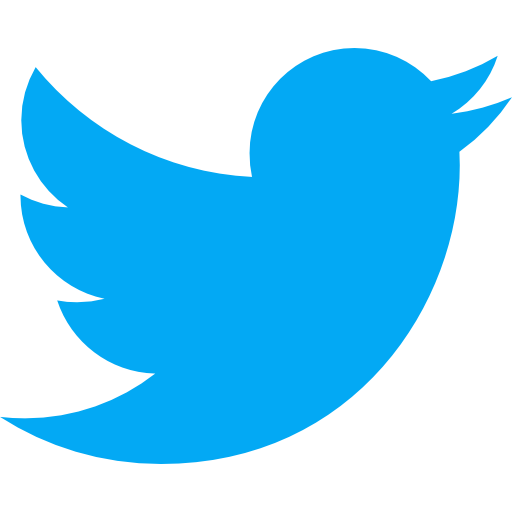Table of Contents
ToggleYes, you can play football after LASIK once your eyes have fully healed, typically within a few weeks.
With proper care and adherence to post-surgery guidelines, resuming your favourite sport is not only safe but may also be more enjoyable, thanks to your improved vision.
Understanding LASIK and Its Impact on Sports
LASIK (Laser-Assisted in Situ Keratomileusis) is one of the most popular laser eye surgeries available today. It’s renowned for its ability to correct common vision problems, such as nearsightedness, farsightedness, and astigmatism. For athletes, including football players, LASIK offers a life-changing solution—removing the need for glasses or contact lenses that can interfere with your performance on the field.
However, the eyes are delicate and need time to heal after the surgery. While LASIK can significantly enhance your football-playing experience, understanding when and how to safely return to the game is crucial. Let’s break down what you need to know.
How Long Should You Wait Before Playing Football After LASIK?
The recovery timeline varies from person to person, but most LASIK patients can return to light activities, such as walking or light jogging, within 24 to 48 hours. However, contact sports, like football, require special precautions to protect your eyes, especially in the initial healing period.
Here’s a general recovery timeline:
- First 24–48 Hours: Rest your eyes completely. Avoid touching or rubbing them, as the corneal flap created during LASIK needs time to settle.
- First Week: Stick to non-contact activities and avoid sweating excessively near your eyes. This means football is off-limits for this duration.
- 2–4 Weeks: You can gradually return to non-contact sports or light training if advised by your doctor. Wearing protective eyewear is recommended.
- 1 Month and Beyond: Many LASIK patients are cleared to resume full-contact sports like football within a month, provided there are no complications. Always follow your surgeon’s specific advice.
Key takeaway: Consult with your ophthalmologist before returning to football or any high-impact activity. Everyone heals at a different pace, and personalised guidance is essential.
Why Timing Matters for Football After LASIK?
Football is a high-impact sport involving quick movements, collisions, and the possibility of stray elbows or balls hitting your face. These factors can pose risks for freshly healed eyes.
1. Risk of Flap Displacement: During LASIK, a small flap is created on the cornea. Though it quickly bonds back, it remains vulnerable in the first few weeks post-surgery. An accidental hit to the face during football could dislodge this flap, leading to complications and the need for corrective procedures.
2. Sweat or Dirt Entering the Eyes: Football games and practice sessions often involve dirt, sweat, or debris, which can irritate your healing eyes and increase the risk of infections.
3. Risk of Eye Strain: Playing football shortly after LASIK could lead to excessive eye strain, especially if your vision hasn’t stabilised yet.
By letting your eyes heal thoroughly, you’ll not only protect them from complications but also give yourself the confidence to return to the game at full strength.
How to Safely Return to Football After LASIK?
Once your doctor gives you the green light to play football, it’s important to take additional precautions to protect your newly enhanced vision. Here are some tips to ensure a safe return to the sport:
1. Wear Protective Eyewear
Even after your eyes have healed, wearing protective sports goggles can shield your eyes from accidental impacts, dirt, or debris on the field. Look for eyewear designed specifically for contact sports—they’re both durable and lightweight.
2. Ease Back Into the Game
Don’t rush into full-intensity games right away. Start with light training sessions, focus on ball skills, and gradually increase your activity level as you feel more comfortable.
3. Keep Sweat Out of Your Eyes
Use a sweatband or headband to prevent sweat from dripping into your eyes during intense play. Sweat can carry debris or bacteria, which may irritate the eyes, especially if they are still adjusting after surgery.
4. Stay Hydrated
Dehydration can worsen dry eye symptoms, a common side effect of LASIK surgery in the initial weeks. Keep a water bottle handy and stay well-hydrated during practice and games.
5. Follow Post-Surgery Care Guidelines
Your surgeon may recommend lubricating eye drops to alleviate dryness or other post-surgery concerns. Even if your eyes feel fine, continue using any prescribed medication as instructed.
6. Communicate With Your Doctor
Keep your ophthalmologist in the loop about your return to football. They can provide tailored advice and may even suggest follow-up appointments to monitor your progress.
Benefits of Playing Football After LASIK
Once you’ve healed and are back on the field, you’ll likely notice several benefits that enhance your performance and overall experience:
- Sharper Vision: Say goodbye to fogged-up glasses or dried-out contact lenses. Enhanced vision gives you a competitive edge on the field, whether you’re aiming for the goal or tracking the ball mid-flight.
- Improved Peripheral Awareness: LASIK typically improves peripheral vision, crucial for spotting teammates and opponents during gameplay.
- Enhanced Comfort: No more adjusting glasses or worrying about dislodged contact lenses during a tackle. You’ll enjoy the freedom to focus solely on your game.
For athletes, LASIK removes barriers and significantly improves visual clarity, ultimately boosting confidence and performance.
Common Misconceptions About LASIK and Sports
There are a few myths surrounding LASIK and whether it’s suitable for athletes or sports enthusiasts. Here’s the truth:
- “LASIK is risky for athletes.”
LASIK is a safe and common procedure for athletes, including professionals. However, like any surgery, following post-op guidelines is critical to ensuring a successful recovery.
- “You can’t play contact sports after LASIK.”
False! Once you’ve fully healed, contact sports like football are perfectly fine. Many professional athletes across various sports have undergone LASIK and returned to peak performance.
- “Your vision won’t be stable enough for sports.”
While it takes a few weeks for vision to fully stabilise after LASIK, most patients experience functional vision improvements within 24 hours of surgery.
Final Thoughts
You absolutely can play football after LASIK—but timing and care are everything. Give your eyes the time they need to recover and always follow your doctor’s instructions. Once you’re back in the game, you’ll likely experience better vision and confidence, propelling you to new heights on the field.
If you’re considering LASIK and wondering whether it’s the right choice for your active lifestyle, consult a trusted ophthalmologist who understands the needs of athletes. Take it one step at a time, and soon, you’ll be scoring goals with unmatched clarity and freedom.









